Blog & Knowledge
-
22 MayRead more »
Several protective measures for pneumatic control valves
The role of pneumatic control valves in process control is well known. In many control processes, it is required that the control valve should be in a certain position when a failure occurs to protect the process from accidents. This requires the design of the control valve to implement fail-safe three-break protection measures.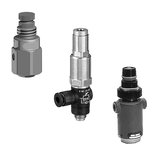
-
22 MayRead more »
What taboos should be paid attention to when using filters
In order to prevent the filter cup of pneumatic components from being damaged by external force, do not install it beside the passage of transportation vehicles, or set up guard rails.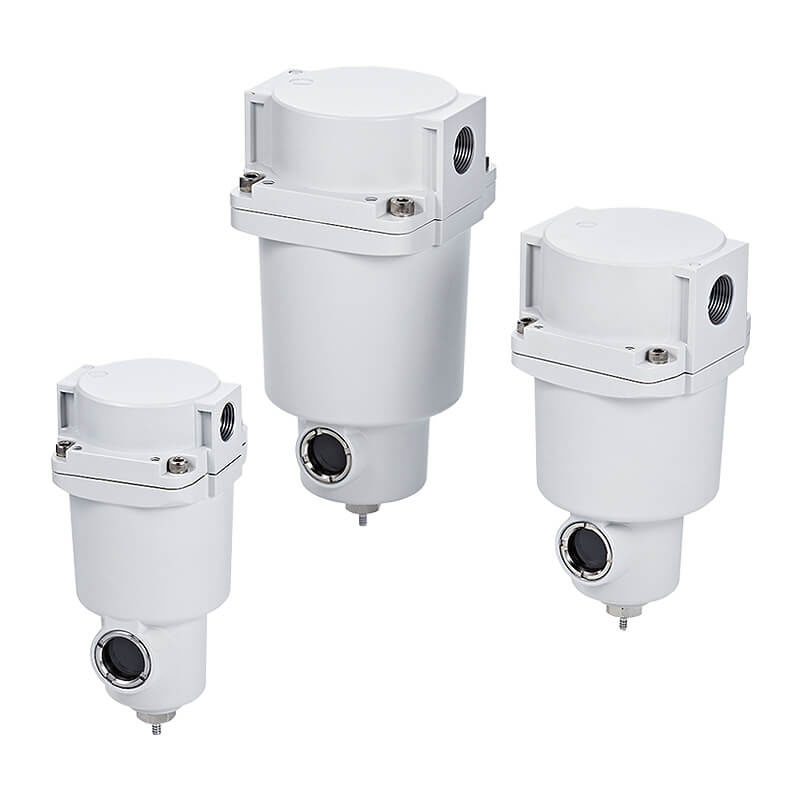
-
22 MayRead more »
What are the precautions for using the rotary clamping cylinder
Rotary clamping cylinder refers to the cylinder that can expand and contract when the piston rod rotates 90° (or right), and then the workpiece is clamped by the clamping arm through the clamping stroke, which is used to clamp small workpieces. Compared with direct clamping, the space above the workpiece can be effectively used before clamping. There are two types of rotary clamping cylinders: standard and heavy. The heavy-duty type can withstand greater moments of inertia.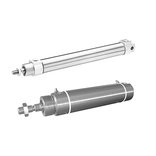
-
22 MayRead more »
ASCO analyzes the use of pneumatic cylinders
Cylinder is also an important part of pneumatic components. In order to ensure the normal operation of the cylinder and prevent unnecessary situations, today we will talk about the use of the cylinder in pneumatic components.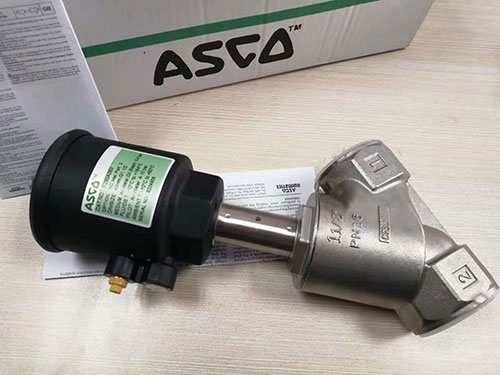
-
22 MayRead more »
What are the main requirements for designing a cylinder
In a piston compressor, the cylinder is the main part of the compressor volume. According to the pressure and displacement of the compressor, the structure of the compressor, the type of compressed gas, the material of the cylinder and the habits of the manufacturer, the structure of the cylinder can have many forms. The main requirements for designing the cylinder are as follows: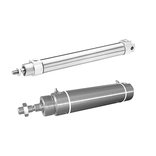
-
22 MayRead more »
Skyco introduces you to the types and functions of cylinders
According to the way the piston bears the gas pressure, the cylinder is divided into a single-acting cylinder and a double-acting cylinder.
1) Single-acting cylinder: The piston of the cylinder is only pushed by the air pressure in one direction, and external force or internal spring force is required when changing direction.
2)Double-acting cylinder: The piston of the cylinder is pushed by the positive and negative directions of the air pressure to achieve reciprocating motion.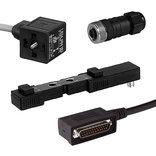
-
22 MayRead more »
What are the physical detection methods of engine cylinders
The purpose of internal combustion engine cylinder inspection is to determine the degree of wear between the piston ring and the cylinder and the sealing between the cylinder and the piston, the valve and the valve seat, and the cylinder liner. During operation, due to wear, ablation, gluing, carbon deposits and other reasons, the technical condition of the cylinder piston assembly deteriorates, resulting in poor cylinder sealing and reduced engine power and economy. Today, the staff choose to use an endoscope to perform real-time on-site inspection of the engine cylinder piston to solve the problem in a timely manner.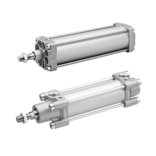
-
22 MayRead more »
What are the working principles of the cylinder
The cylinder is a cylindrical metal part that guides the piston to reciprocate in a straight line in the cylinder. The air in the engine cylinder expands to convert thermal energy into mechanical energy; the gas is compressed by the piston in the compressor cylinder and increases pressure. The casing of turbines, rotary piston engines, etc. are also called cylinders
-
22 MayRead more »
How to install the pulse solenoid valve
When many instruments are in use, solenoid valves are always used in different places. The pulse solenoid valve is the compressed air "switch" of the soot blowing system of the pulse bag filter.
So how to install the solenoid valve correctly? Here are a few steps:
1. In order to ensure the normal use of the solenoid valve, please add an oil-water separator before the solenoid valve.
2.The good installation method of solenoid valve is perpendicular to the horizontal pipe with the coil upward. When conditions do not permit, tilt ±30 degrees is allowed. Otherwise, normal use cannot be guaranteed.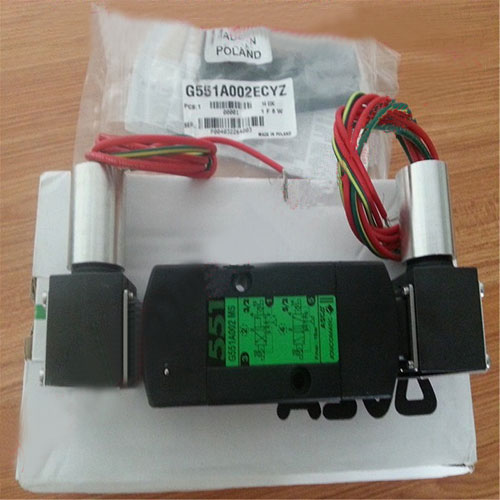
-
22 MayRead more »
Sharing of the working principle of AVENTICS cylinder
As a pneumatic actuator, the AVENTICS cylinder generates energy conversion through air compression to generate power energy. How does the AVENTICS cylinder work? What is its structure? How does it work?
Pneumatic actuator is an energy conversion device that converts the pressure energy of compressed air into mechanical energy to drive the tissue to complete linear reciprocating motion, swing, rotation or impact. Pneumatic performance components are divided into two categories: cylinders and gas motors. The cylinder is used to provide linear reciprocating motion or swing, output force and linear velocity or swing angular displacement. Air motors are used to provide continuous reverse motion, output torque and speed. Pneumatic control components are used to adjust the pressure, flow and direction of the compressed air to ensure that the performance organization operates normally in accordance w





